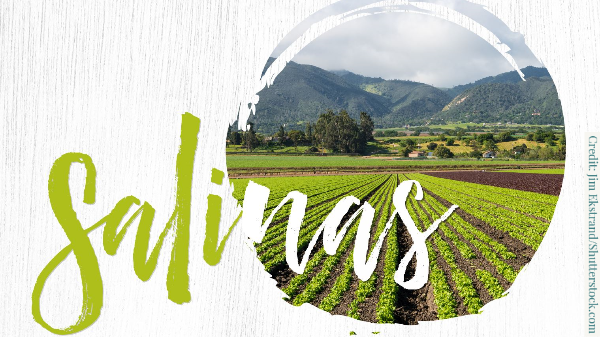In the wake of food safety problems in leafy greens, the situation is calmer for strawberries, another large component of the local produce industry
“For the Watsonville/Salinas area, about 35 percent of the statewide acreage produces a little over half of the state’s strawberry production,” says Carolyn O’Donnell, communications director for the California Strawberry Commission BB #:153596.
“This is due to the ideal climate in the area, making for a longer growing season than the other primary growing districts (Santa Maria, Oxnard, and Orange County/San Diego/Coachella),” O’Donnell says. “Strawberry acreage in the Watsonville/Salinas district has been stable for the past several years.”
In December, the commission issued a report forecasting an increase in planted acreage for 2020: 26,982 versus 25,868 in 2019.
The strawberry industry in the region does not face great competition from imports, O’Donnell adds. “Imported strawberries, primarily from Mexico, represented about 13 percent of the U.S. fresh market in 2018, up from about 10 percent in 2014. Imported strawberries are in season December to March and compete with Southern California production.”
As for exports, “We have strong export markets during peak season, primarily with Canada and Mexico,” says O’Donnell.
The proportion of organic to conventional strawberries has also held steady in recent years, at a rate of about 10 percent, according to O’Donnell.
“California strawberry farmers grow more organic berries than anywhere else in the world, including the other forty-nine states combined,” she adds.
Looking at the larger picture, O’Donnell remarks that “California strawberry farmers are committed to ongoing innovation to improve sustainable practices throughout the entire production cycle.
Collaborative research efforts through the California Polytechnic State University Strawberry Center are looking at the future of healthy soils and diseases resistance, as well as improved equipment and practices, such as a new bug vacuum design. The commission continues to deliver important training for field personnel, including sexual harassment prevention, food safety practices, field safety, communications and leadership skills, and heat illness prevention.”
This is multi-part feature adapted from the Salinas Spotlight in the March/April 2020 issue of Produce Blueprints.



